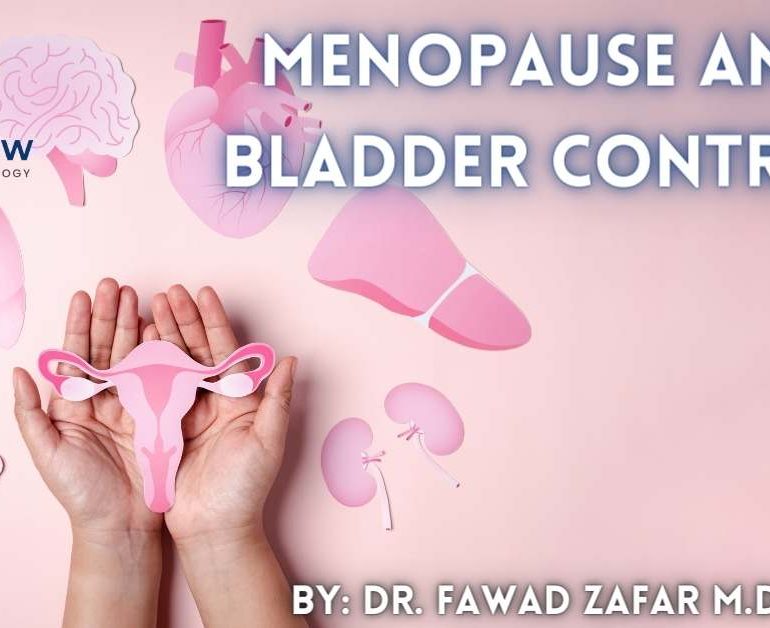What is Bladder Pain Syndrome?
Bladder Pain Syndrome (BPS), also known as Interstitial Cystitis (IC), is a chronic and debilitating condition that affects millions of people worldwide, primarily women. Despite its prevalence, BPS remains poorly understood and often misdiagnosed, leading to significant challenges for both patients and healthcare providers. In this comprehensive blog, we will delve into the intricacies of bladder pain syndrome, exploring its symptoms, causes, diagnosis, treatment options, and the impact it has on the lives of those affected.
Understanding Bladder Pain Syndrome: Bladder pain syndrome is characterized by recurring pelvic pain, pressure, and discomfort related to the bladder, without any identifiable cause such as infection or urinary stones. The symptoms of BPS can vary widely among individuals and may include chronic pelvic pain, urgency and frequency of urination, pain during sexual intercourse, and relief of symptoms after urination. These symptoms can significantly impair a person’s quality of life, affecting their physical, emotional, and social well-being.
Causes and Risk Factors: The exact cause of bladder pain syndrome remains elusive, and researchers believe it may involve a complex interplay of factors. Abnormalities in the bladder lining, dysfunction of the bladder nerves, inflammation, and immune system abnormalities are among the proposed mechanisms. Certain risk factors, such as being female, having a history of urinary tract infections, and autoimmune conditions, may predispose individuals to developing BPS. However, the condition can affect people of all ages, genders, and backgrounds.
Diagnosis: Diagnosing bladder pain syndrome can be challenging, as there is no definitive test or biomarker for the condition. Healthcare providers typically rely on a combination of symptoms, medical history, physical examination, and exclusion of other conditions with similar symptoms. Tests such as urinalysis, cystoscopy, bladder biopsy, and urodynamic studies may be performed to rule out other causes of bladder symptoms and confirm a diagnosis of BPS.
Treatment Options: Treatment for bladder pain syndrome is aimed at symptom management and improving the patient’s quality of life. A multidisciplinary approach is often necessary, involving urologists, pain specialists, physical therapists, and other healthcare professionals. Treatment options may include:
- Lifestyle modifications: Dietary changes (avoiding potential bladder irritants like caffeine, alcohol, and acidic foods), stress reduction techniques, and pelvic floor physical therapy.
- Medications: Oral medications such as pain relievers, antihistamines, tricyclic antidepressants, and bladder instillations (medications instilled directly into the bladder) may help alleviate symptoms.
- Bladder treatments: Procedures such as bladder distention (stretching the bladder under anesthesia) or nerve stimulation therapies (e.g., sacral neuromodulation) may be considered for refractory cases.
- Complementary and alternative therapies: Some patients find relief from acupuncture, biofeedback, and other complementary approaches, although further research is needed to establish their efficacy.
Living with Bladder Pain Syndrome: Living with bladder pain syndrome can be physically and emotionally challenging. The unpredictable nature of symptoms, constant discomfort, and impact on daily activities can take a toll on patients’ mental health and relationships. Support groups, online forums, and patient advocacy organizations can provide valuable resources, support, and encouragement for individuals living with BPS.
Research and Future Directions: While significant progress has been made in understanding bladder pain syndrome, much remains to be learned about its underlying mechanisms and optimal treatment strategies. Ongoing research efforts are focused on unraveling the complex pathophysiology of BPS, identifying biomarkers for diagnosis and prognosis, and developing targeted therapies to improve outcomes for patients.
Conclusion: Bladder pain syndrome is a chronic and challenging condition that affects millions of people worldwide. Despite its prevalence, BPS remains poorly understood, leading to significant diagnostic and therapeutic challenges. By raising awareness, promoting research, and advocating for improved patient care, we can strive to enhance the quality of life for individuals living with bladder pain syndrome and work towards better treatments and ultimately, a cure.
In conclusion, bladder pain syndrome is a complex and multifaceted condition that requires a comprehensive approach to diagnosis, treatment, and management. By increasing awareness, supporting research, and providing compassionate care, we can help improve the lives of those affected by this chronic and often debilitating condition.





